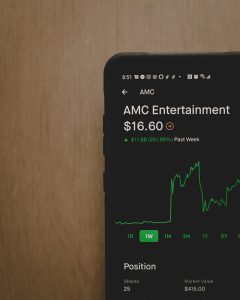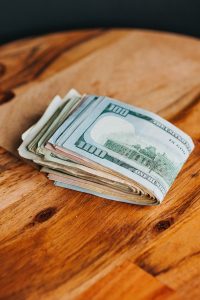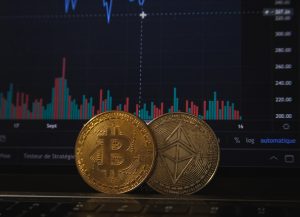Forex, or foreign exchange, is the largest financial market in the world. With an average daily trading volume of over $5 trillion, it attracts a wide range of investors, from individuals to large institutions. However, for those new to the market, understanding forex can be challenging. In this article, we will explain how to explain forex to investors.
What is Forex?
Forex is the market where currencies are traded. It is a decentralized market, which means that there is no central exchange or clearinghouse. Instead, forex trading is conducted electronically, through a global network of banks, brokers, and other financial institutions.
The forex market operates 24 hours a day, five days a week, and is open to traders from all over the world. It is a highly liquid market, which means that there is always a buyer and a seller for any currency pair.
Currency Pairs
In forex trading, currencies are always traded in pairs. For example, the EUR/USD currency pair represents the euro and the US dollar. The first currency in the pair is called the base currency, and the second currency is called the quote currency.
When trading forex, investors buy or sell currency pairs, with the aim of making a profit from the movement of the exchange rate between the two currencies. If an investor believes that the euro will strengthen against the US dollar, they would buy the EUR/USD currency pair. If they believe that the euro will weaken against the US dollar, they would sell the EUR/USD currency pair.
Leverage
One of the unique aspects of forex trading is the use of leverage. Leverage allows investors to control a larger amount of currency than they would be able to with their own funds. For example, if an investor has a leverage ratio of 100:1, they can control $100,000 worth of currency with just $1,000 of their own funds.
While leverage can increase potential profits, it also increases the risk of losses. If the market moves against an investor, their losses can exceed their initial investment. Therefore, it is important for investors to use leverage carefully and only risk what they can afford to lose.
Market Participants
There are several types of market participants in the forex market. The largest players are banks, which account for over 50% of daily trading volume. Other participants include hedge funds, investment firms, and individual traders.
Central banks also play a significant role in the forex market, as they can influence exchange rates through monetary policy decisions, such as interest rate changes.
Factors Affecting Exchange Rates
Exchange rates are influenced by a wide range of economic and political factors. These include:
– Interest rates: Higher interest rates generally lead to a stronger currency, as investors seek higher returns on their investments.
– Inflation: High levels of inflation can weaken a currency, as it reduces the purchasing power of that currency.
– Political Stability: Countries with stable political environments are more attractive to investors, which can lead to a stronger currency.
– Economic Data: Economic data, such as GDP growth and employment figures, can impact exchange rates.
Conclusion
In summary, forex trading involves buying and selling currency pairs with the aim of making a profit from the movement of exchange rates. Leverage allows investors to control larger amounts of currency than they would be able to with their own funds, but also increases the risk of losses. The forex market is influenced by a wide range of economic and political factors, and is open 24 hours a day, five days a week. Understanding these key concepts is essential for explaining forex to investors.





